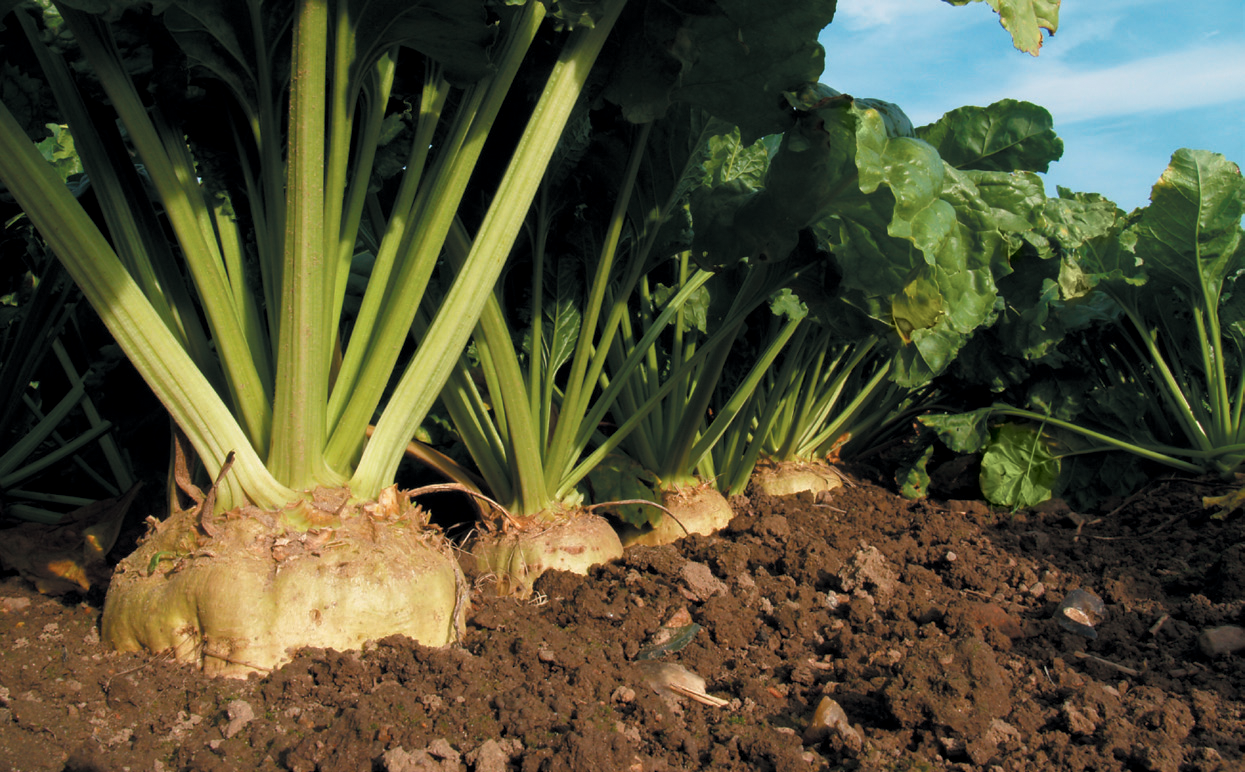Feedbeet Storage
In order to maintain the high feed value of the beets, there are a few things to keep in mind during storage. Depending on the conditions and the feeding concept on the farm, each farmer can choose the way of storage that suits them best.
The practical implications related to fresh beet storage has, through the last years, led to an increased interest of ensiling beet together with other feedstuff.
The most important aspects are the identification of the appropriate mixing partner(s) and the preservation over the winter months to reduce the effluent.
Storing fresh Beet
Storing fresh beet requires attention and care. A good fresh beet storage begins with a careful beet harvest. It is important not to injure the root surface prior to storage as it may lead to higher respiration and risk of infection in the storage pile. The storability of beet is, to some extend, connected to the beet type (e.g. dry matter content and surface stability).
An alternative to fresh beet storage is ensiling of beet.
Good to know about Storing fresh Beet
Some loss of dry matter during storage is inevitable. Respiration of the beets leads
to loss of carbohydrates, while carbon dioxide is released from the pile. Even with ideal fresh storage (2-7 ºC), there may be a loss of 0.1% dry matter per day of
storage (Swedish results). This loss can serve as a benchmark for evaluating the
loss of ensiled beets, which are the alternative to fresh storage. Some growers have chosen to start beet feeding with fresh feeding (to achieve the maximum benefit of beet feeding) and ensile the remaining fresh beets after winter storage.
In Northern Europe, where beets have been grown for more than a century, feedbeet is fed fresh throughout the winter. The ideal storage temperature for beets is 2-7 ºC. The practical implications of feeding fresh beets in winter are obvious. Beets should be stored dry and frost free. This means that beets stored outdoors should be
covered and, if the temperature rises sharply during the winter, the beet pile may be partially uncovered. If the temperature drops below zero, the beet pile should be covered again. This implication has led to an increasing interest of ensiling beet for longer storage.
Ensiling of Beet
In order to feed beets throughout the year, at least a certain proportion of beet should be ensiled. Common practice is the joint ensiling of crushed beets with another feedstuff. A mix silages is then able to capture the value of beet effluent.
Beets contain 75-80% water. To avoid leaching effluent by chopped beets, they should be combined with other forages such as ensiled grass, hay, alfalfa hay, dried beet pellets or similar mixing partners available in your region.
There are several ways to produce mixed silage while ensuring the highest possible yield and feed value by choosing the perfect individual harvest date. In practice, 2 methods have proven to be particularly efficient.
Ensiling on Top of an existing Silage - the "Brownie Style"
Each crop is harvested and ensiled at its best possible harvest time. The cleaned and freshly chopped beets are then placed on top of the existing silage. Further compaction of the beets is not necessary if a chopping bucket is used that produces different-sized pieces of beet: small crumbs fill the space between larger pieces. The existing silage remains untouched and does not need to be worked. The effluent is then absorbed by the mixing partner and there are no losses due to re-ensiling.
Ensiling in Layers - the "Lasagna Style"
Each crop is harvested and ensiled at its best possible harvesting time. Finally, when the beets are also harvested in the fall, they are cleaned, chopped and stored in the clamp in several layers alternating with the mixing partner. Effluent from beets will be absorbed by the mixing partner.
Compared to the previous method, the high effort involved to take out the mixing partner from the original silo in order to re-ensile in layers afterwards, is high. In addition, losses due to re-ensiling cannot be avoided completely. This is mainly the reason why ensiling beet on top is recommanded.
Good to know about mixed Silage
The ratio of beets to mixing partner naturally depends on the dry matter content of
the beets and the dry matter content of the mixing partner. As a rule of thumb, the
dry matter content of the finished mix should be 30-32% dry matter. It is therefore a proportional calculation of the two substances. As a rule, the calculation is made on the basis of weight. In the case of straw/hay, a mixture of 15% straw and 85% beets may be the case. It should be noted that such a mixture looks like a lot of straw.
Discover more
Your contact partner


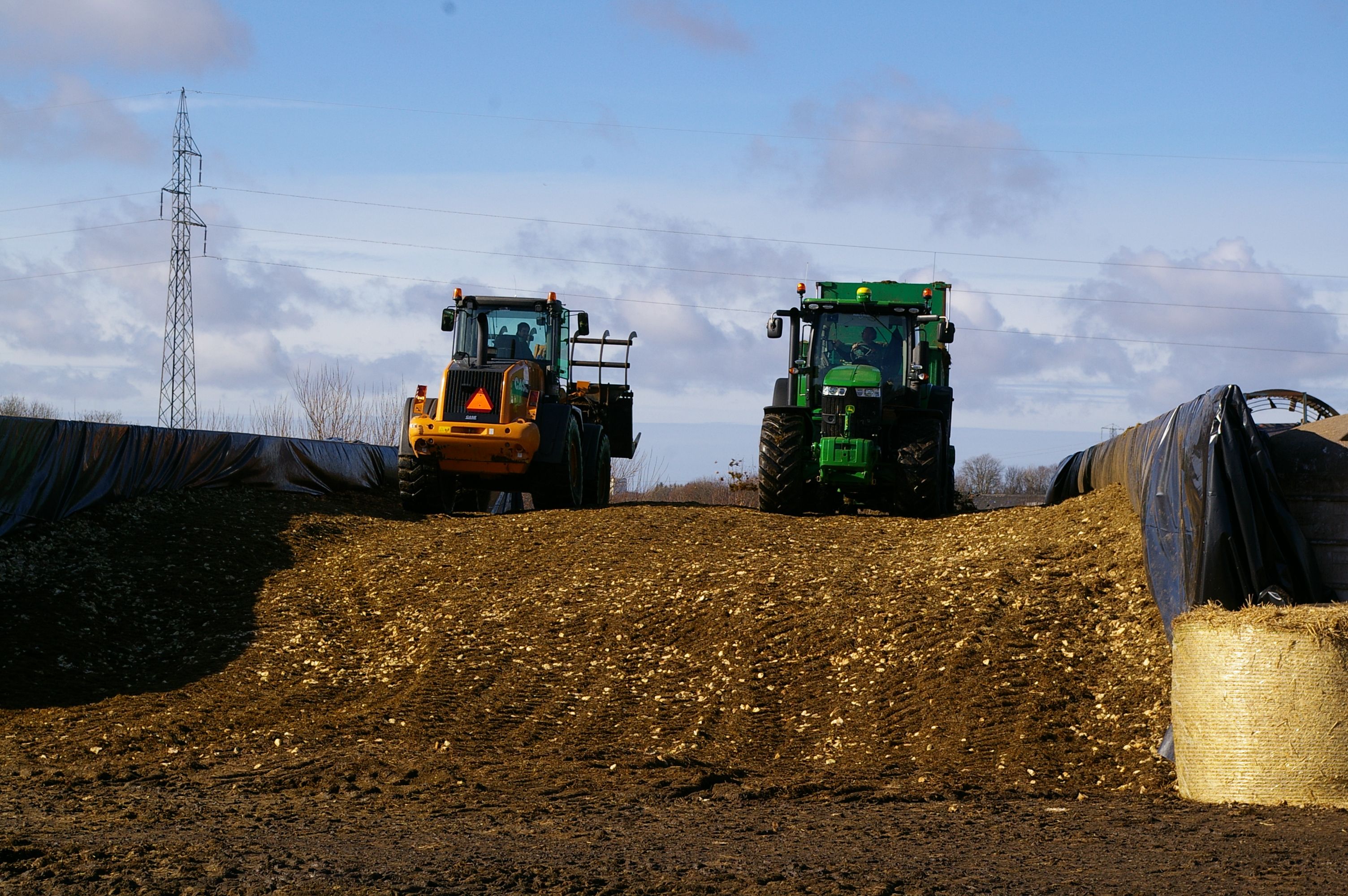
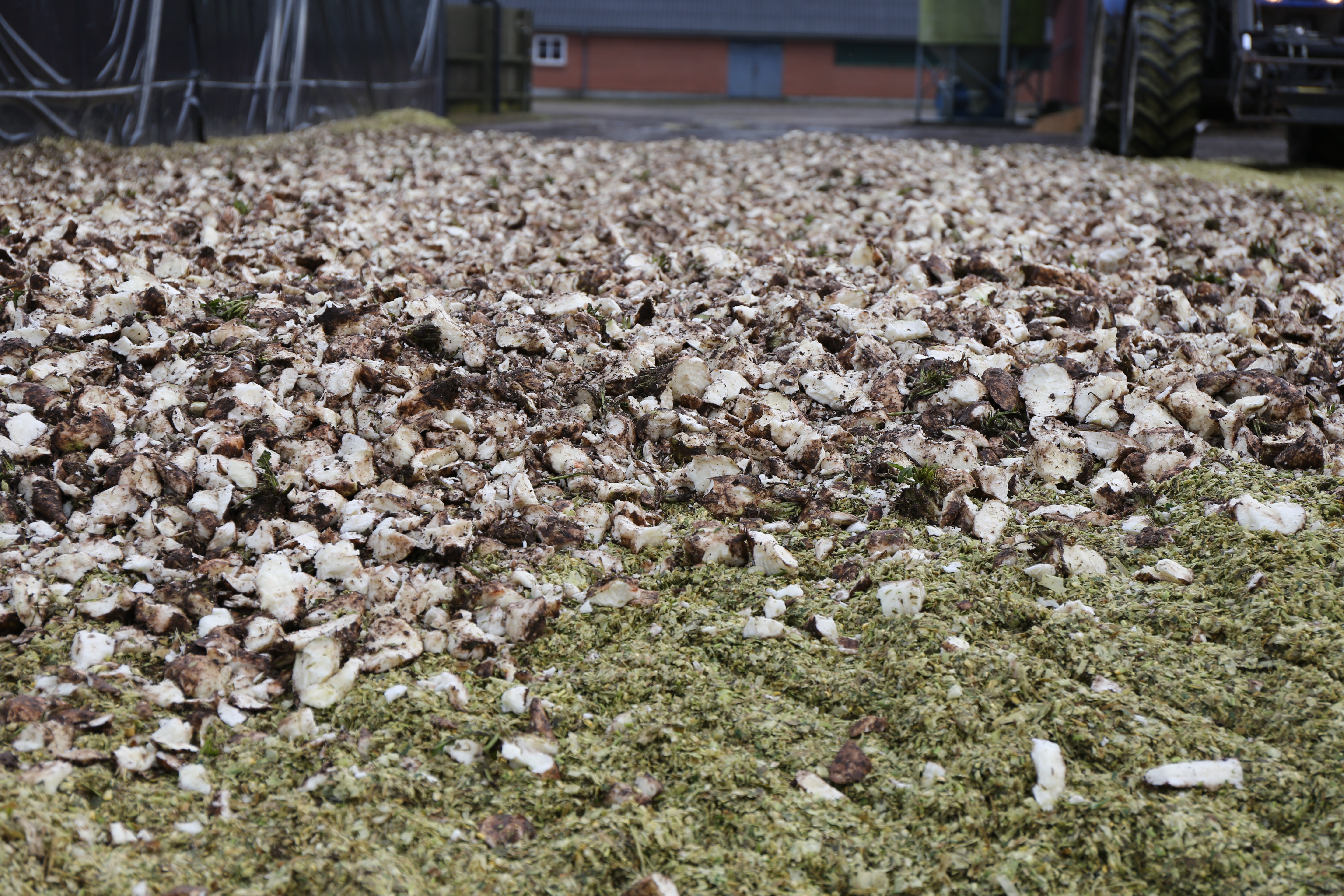
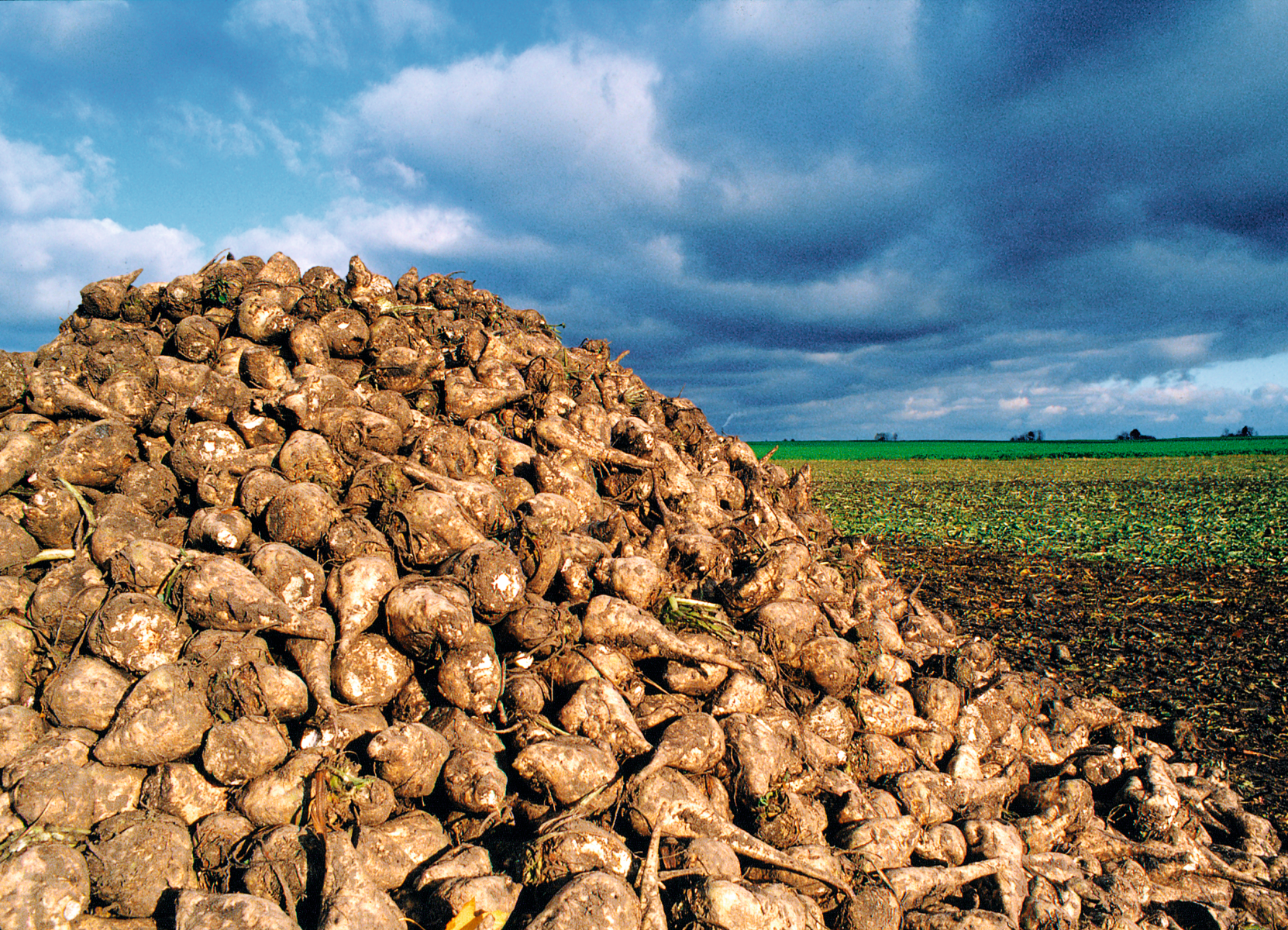
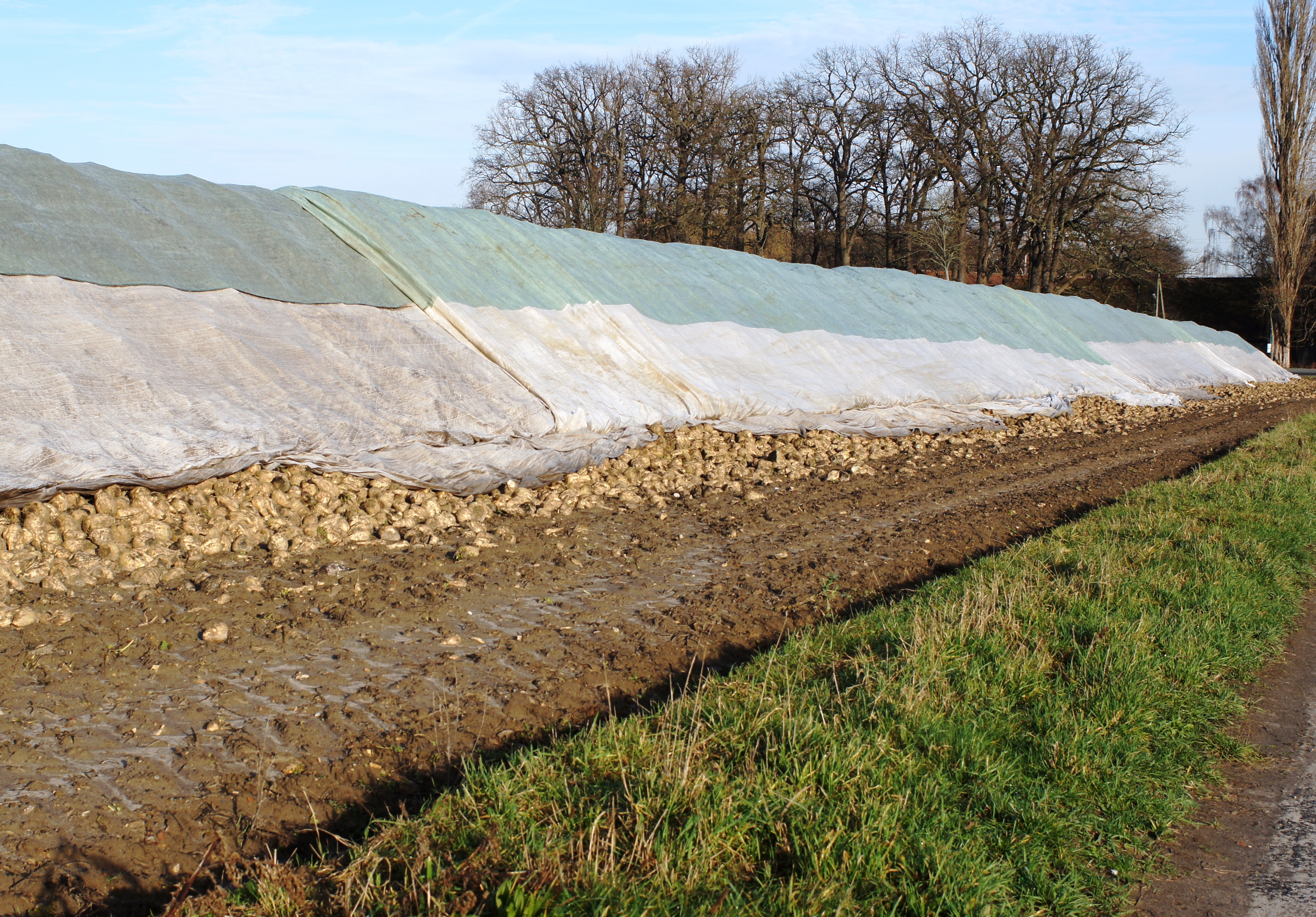
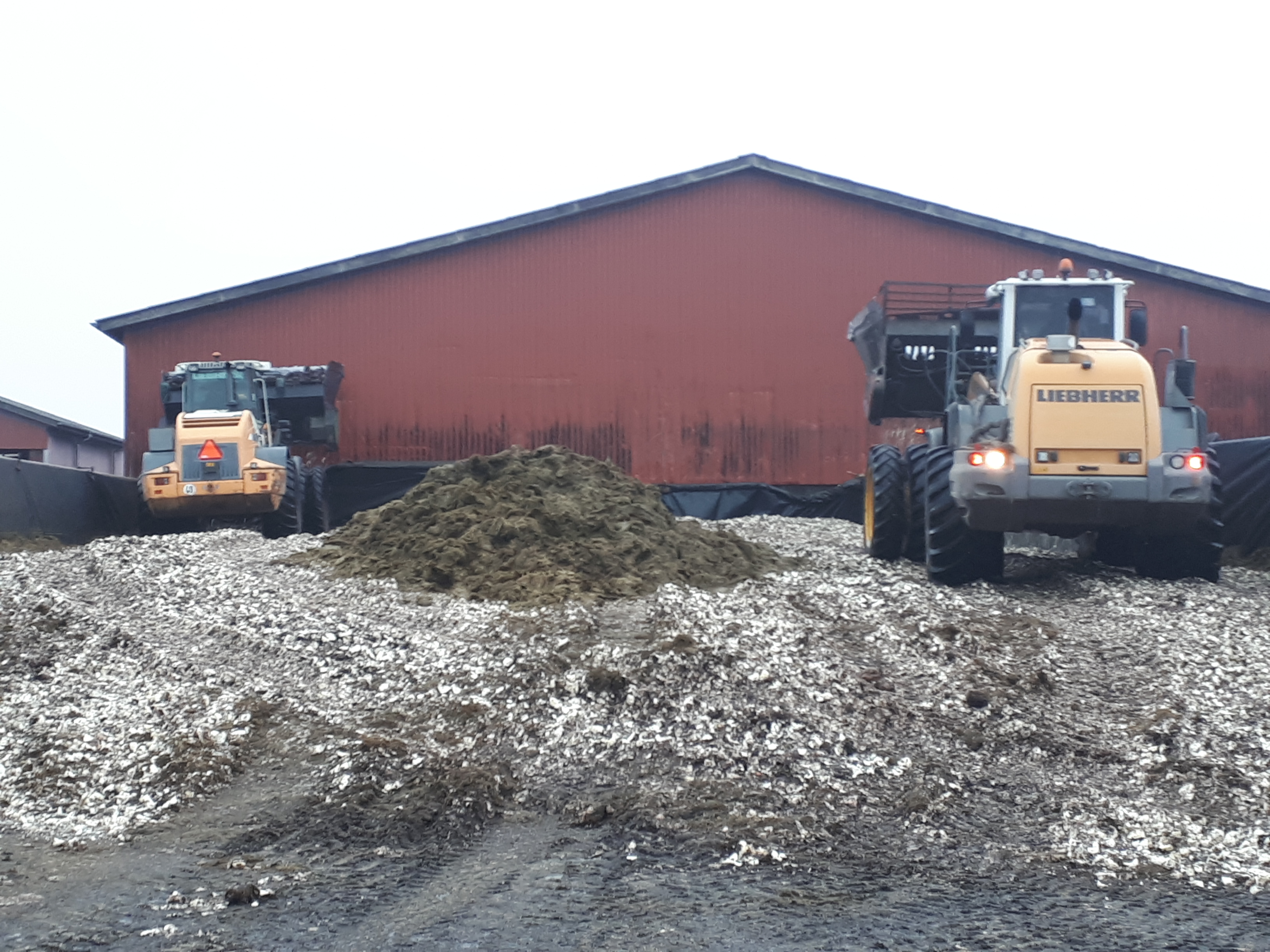
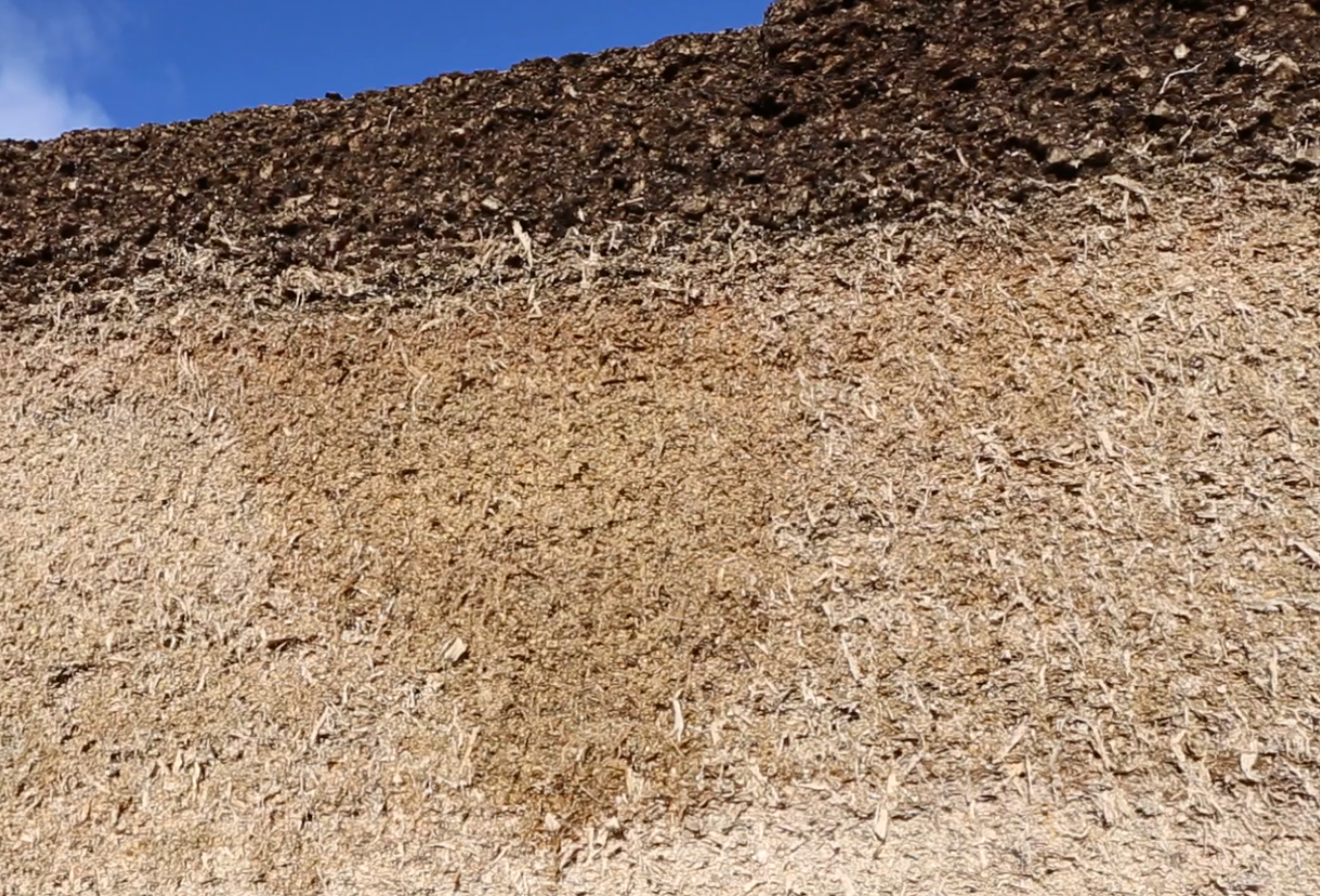
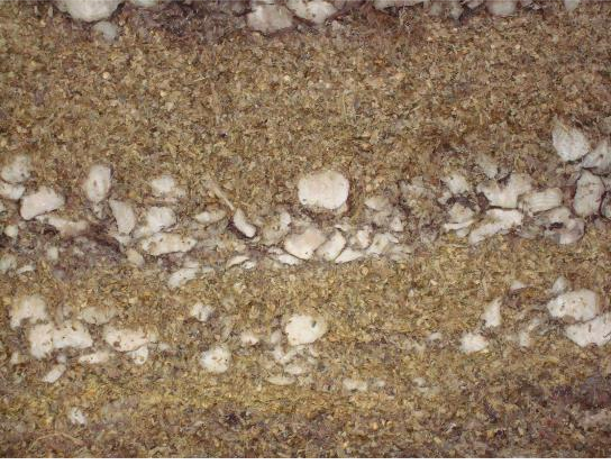
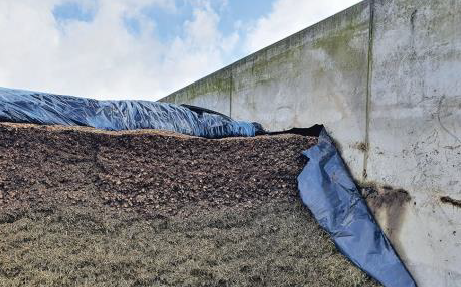
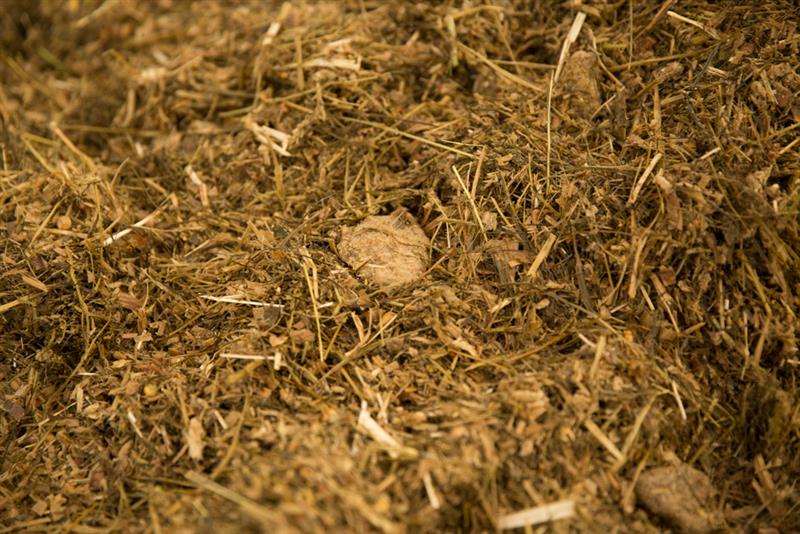
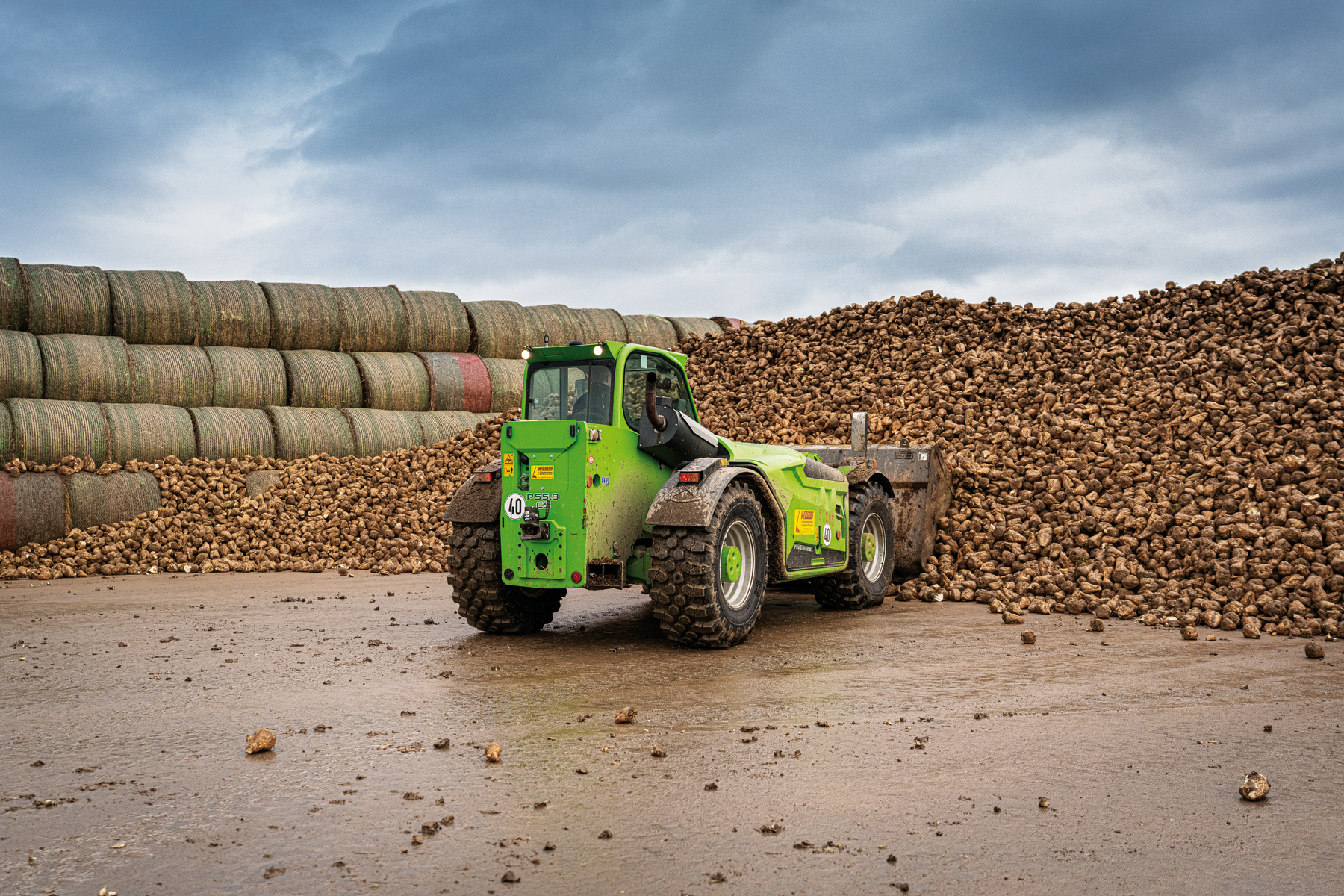
.png)
